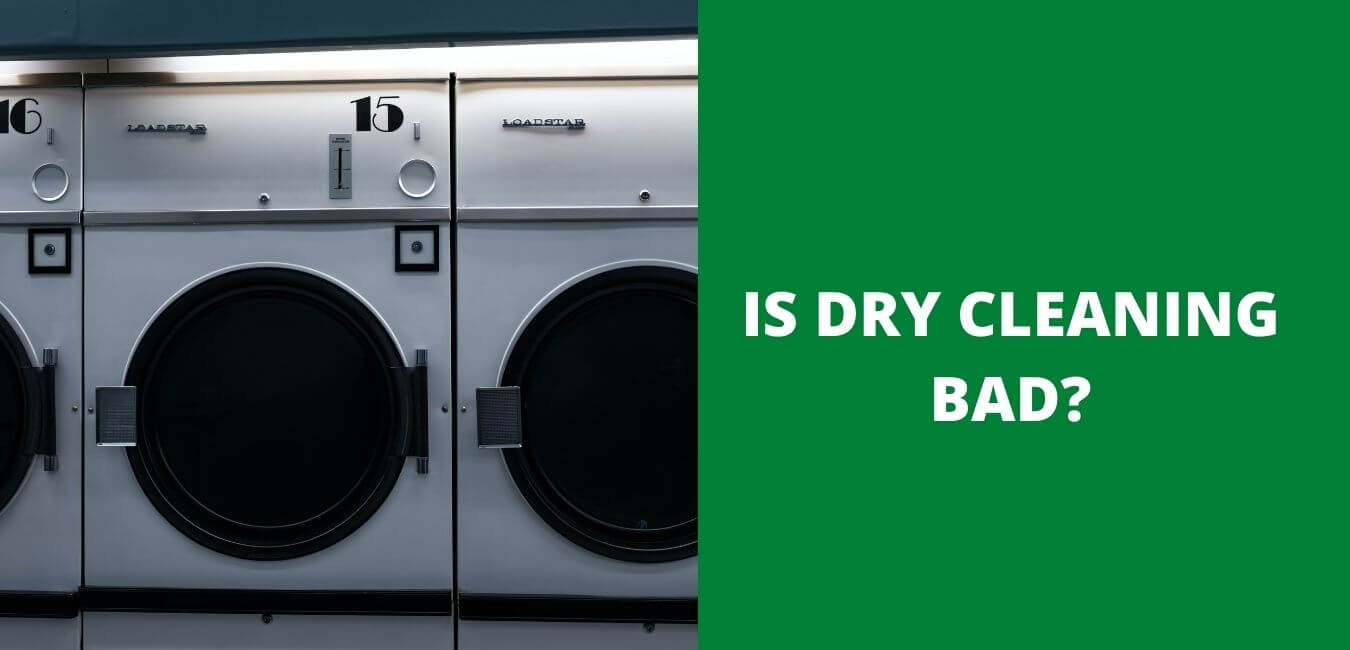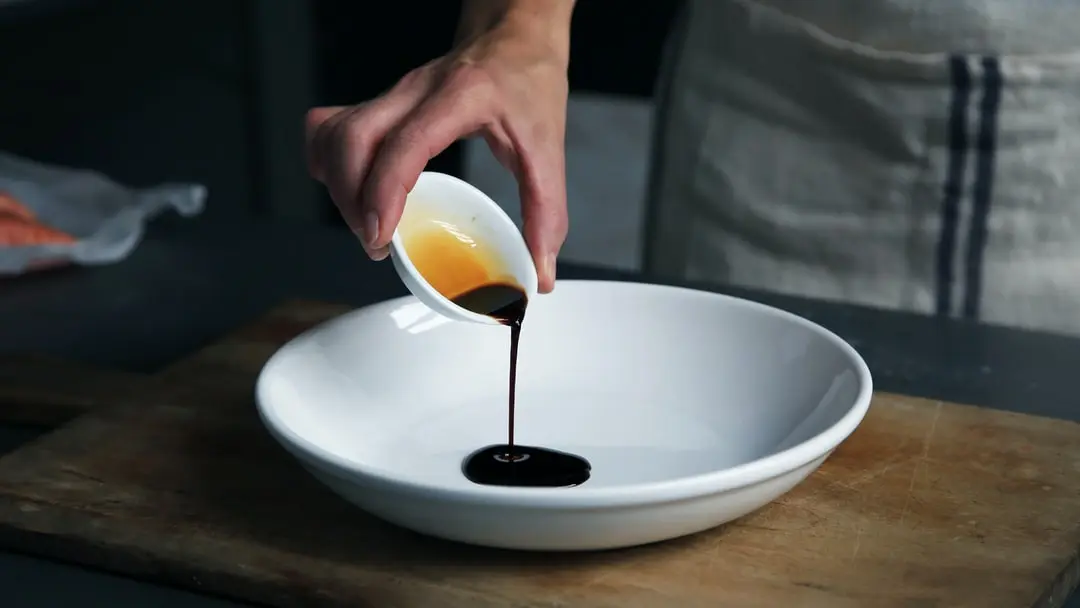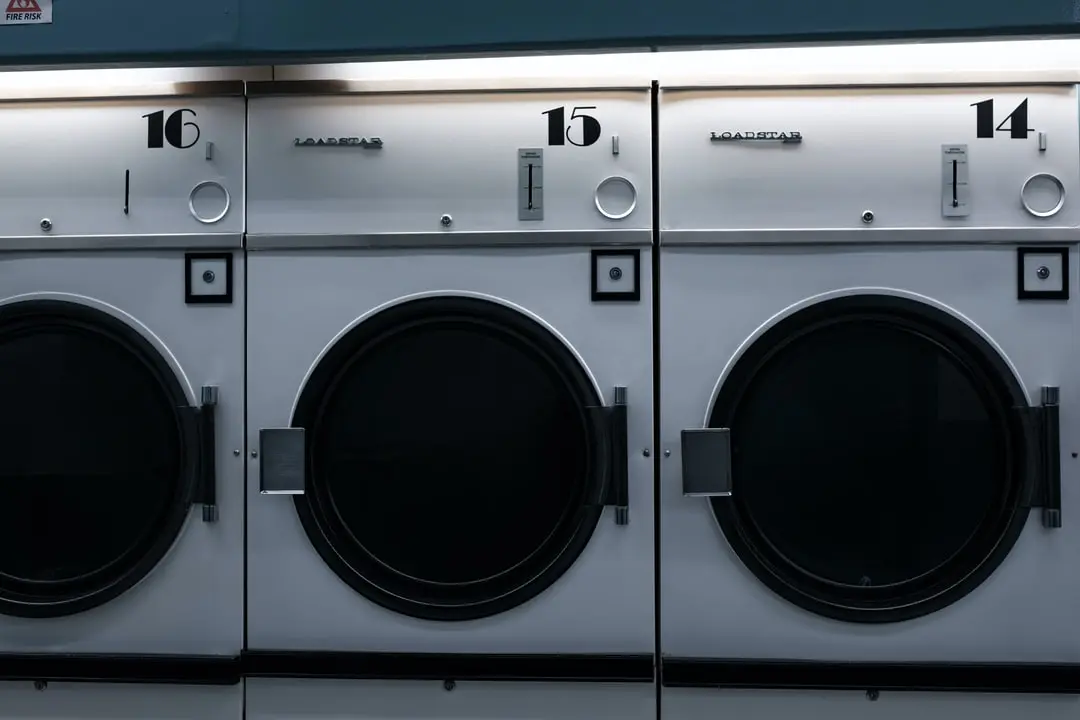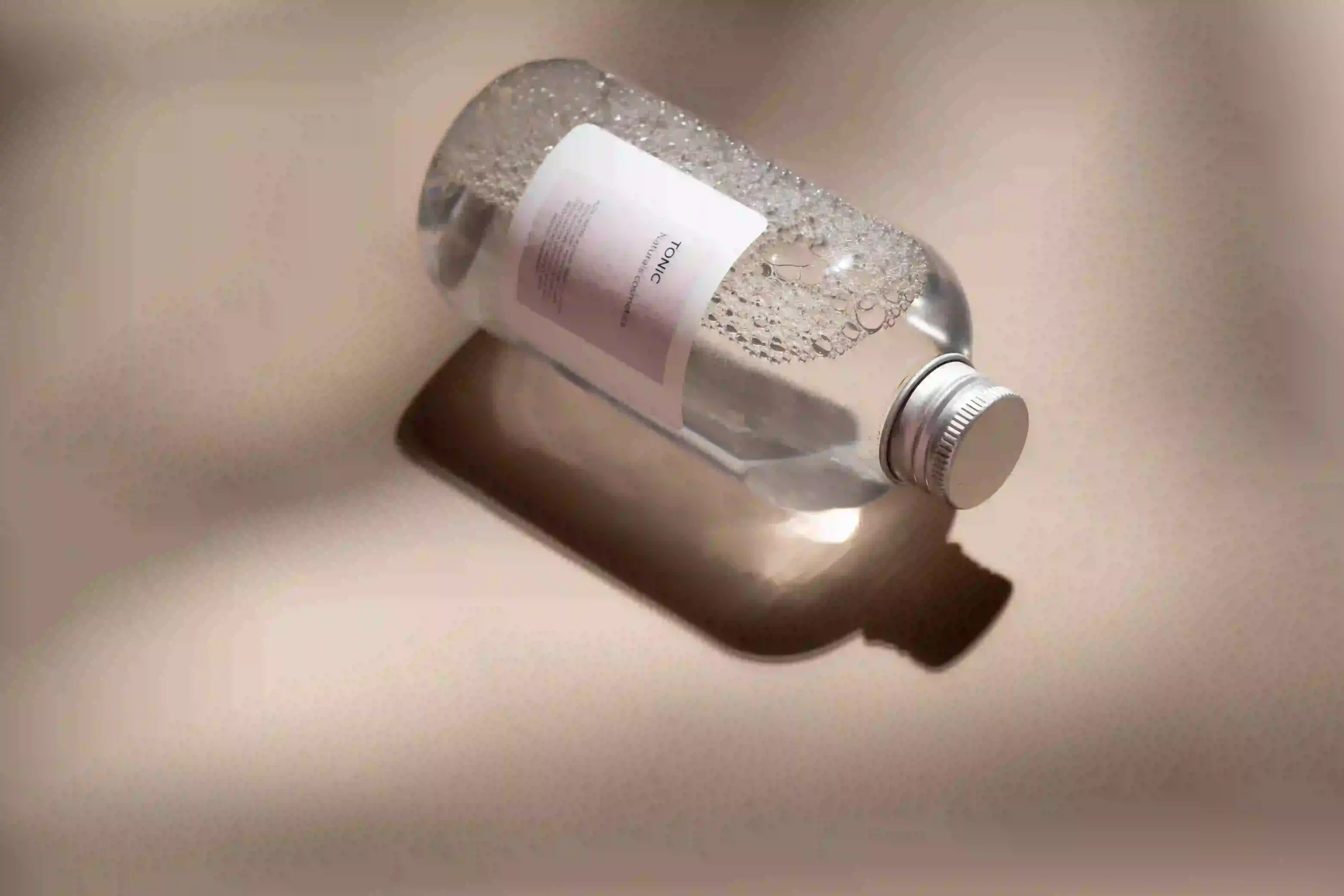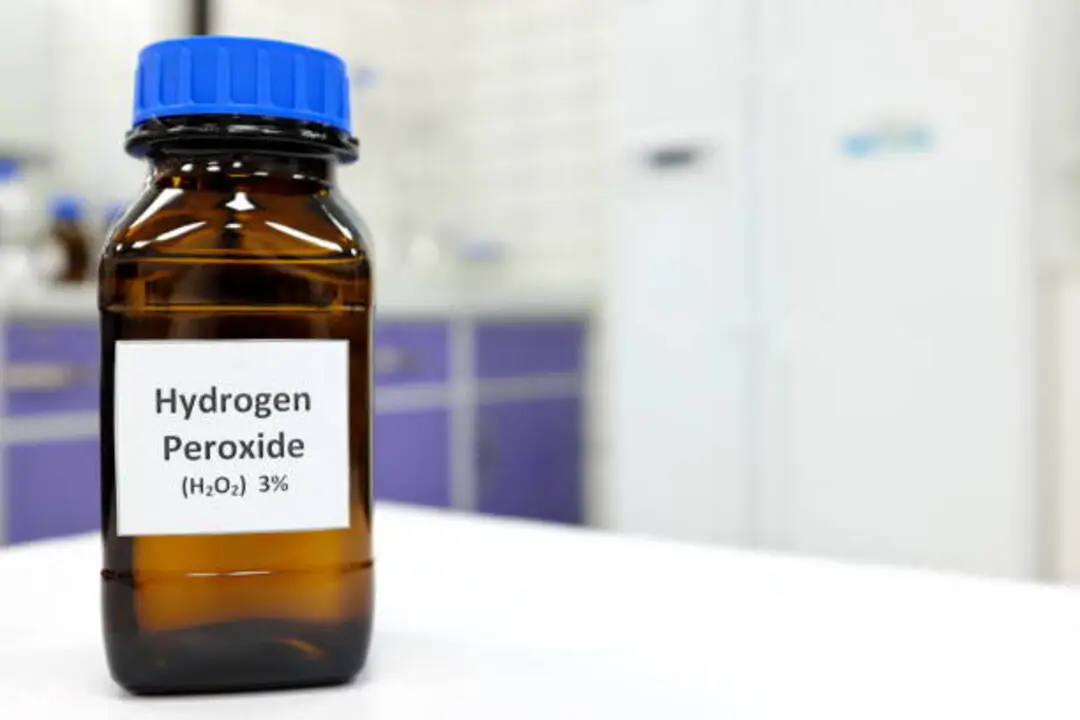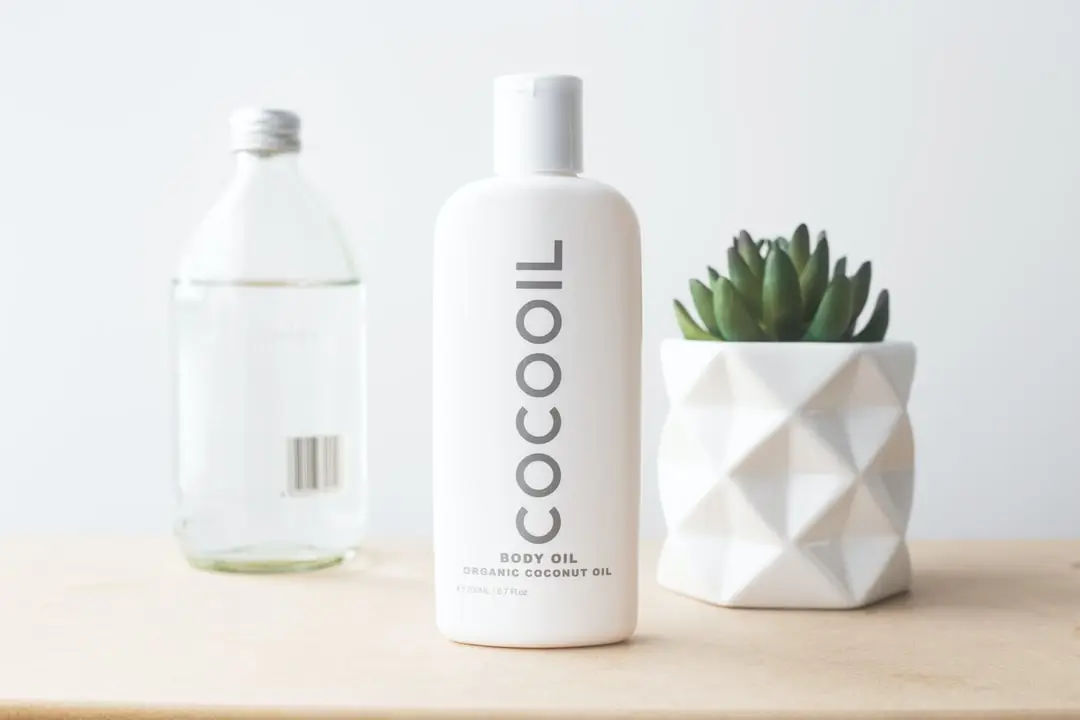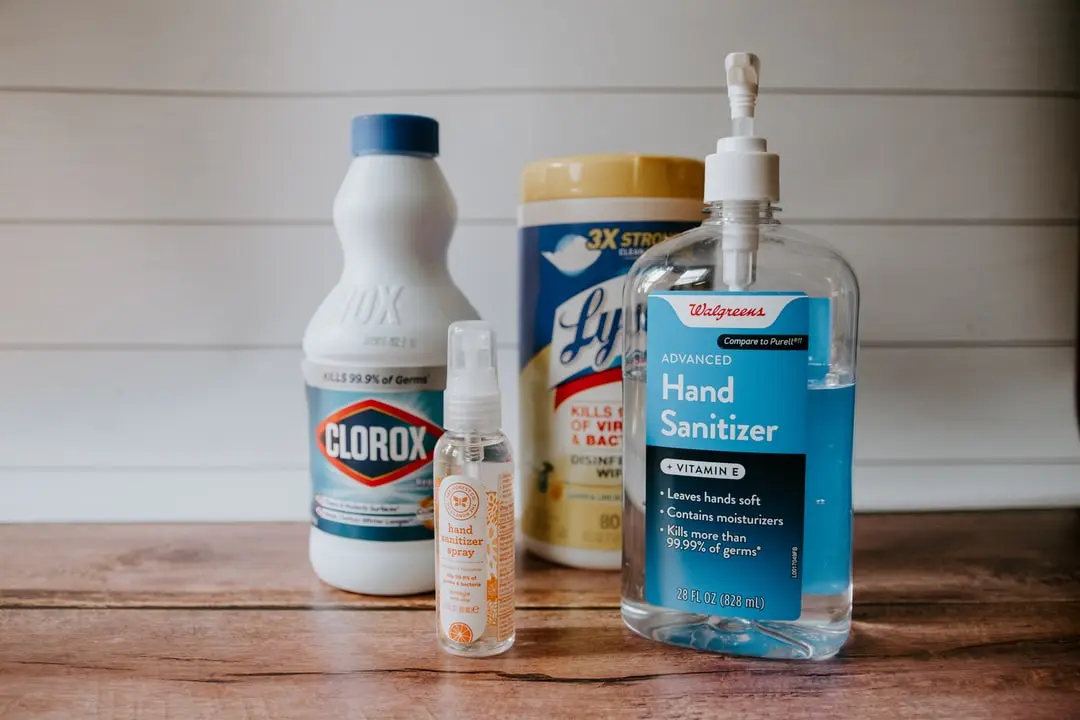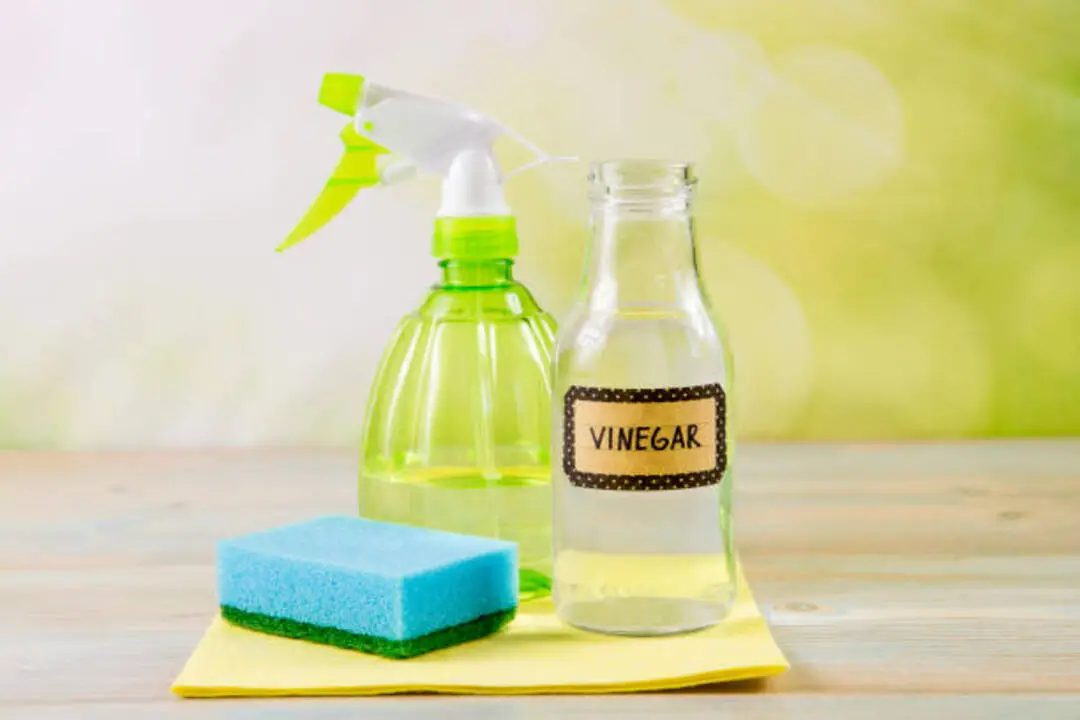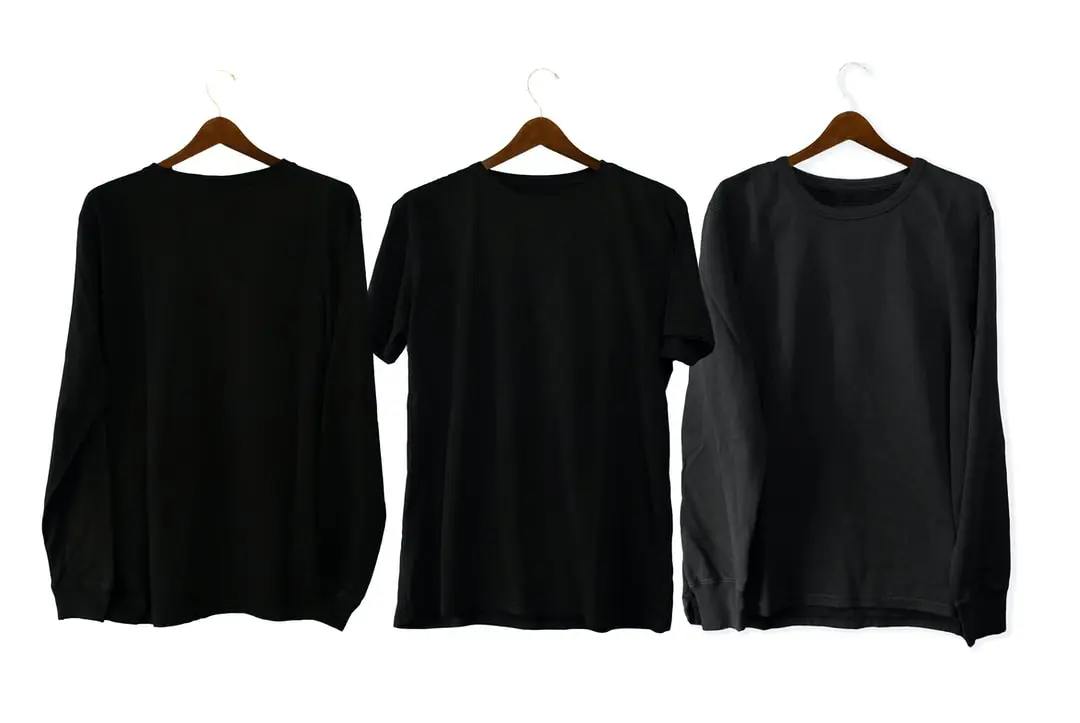There’s a secret battle happening in the depths of our washing machines – a clash between the vibrant colors we adore and the sneaky forces that threaten to dull them over time.
We’ve all experienced it: one day we’re adorning our favorite emerald sweater, only to later discover that little by little, its once-lustrous shade of green has begun to fade into a disappointing, unintentional hue.
You may have found yourself wondering, “Why does this keep happening? I swear I’ve been following the care instructions!” If you’ve had enough of losing your clothing colors to the abyss, you’re not alone.
In this post, we’ll unveil seven key reasons why clothes turn green after washing and offer practical tips to help you combat this color-draining conundrum. So read on to become a warrior for wardrobe vibrance, restoring what was once lost and guarding it fiercely for the future.
Why do your clothes turn green after washing

1. Hard water can cause mineral buildup
Hard water is a common problem that many homeowners face, and it can be especially frustrating when it comes to laundry. One of the most noticeable effects of hard water on your laundry is the greenish or dull color that washed clothes may take on.
This issue is primarily due to the presence of minerals, such as calcium and magnesium, in the water. These minerals can build up on your clothes and linens after multiple washes, creating a residue that affects the overall appearance and feel of the fabrics.
As the mineral buildup continues to worsen, your clothes may start to feel stiff and uncomfortable against your skin. In addition, the colors may begin to fade or appear dingy, making your clothes look worn and old.
The white fabrics may also develop yellow or gray streaks over time, making it difficult to maintain their original pristine condition. The hard water can react with the laundry detergent, requiring an increased amount of detergent for effective cleaning, which can be costly and less eco-friendly.
Addressing the hard water problem in your laundry can vastly improve the appearance and feel of your clothes and linens. One solution is to switch to a liquid detergent that contains non-ionic surfactants.
These surfactants do not react with the minerals, preventing residue buildup on your fabrics. Another option is to add laundry borax to each wash, as it can soften the water and prevent the minerals from coating your clothes.
If mineral buildup has already occurred, consider washing your clothes in warm water to help dissolve the accumulated minerals and improve the overall cleanliness of your laundry. However, be mindful of the fabric care labels, as some fabrics may not be suitable for higher temperatures.
In the long term, it might be a good investment to install a water softening system or an inline water filtration system to address hard water issues throughout your home. This way, you can not only improve your laundry results but also save your household appliances and fixtures from the damaging effects of hard water.
2. Chlorine in the water reacting with dyes
One of the culprits responsible for this phenomenon is chlorine in the water reacting with the dyes present in the garments.
Chlorine is a well-known chemical used in water treatment to disinfect and ensure the water reaching our homes is safe to use. While this is beneficial for health and safety, the downside is that chlorine can also react with certain dyes and cause color changes in clothing. This is particularly true when washing white clothes, as the contrasting color change becomes more obvious.
One reason this reaction between chlorine and dyes may happen is the presence of metals in the water supply. For instance, if a household is using well water, it is possible that trace amounts of metal are present in the water, causing the chlorine to react and create green discoloration. In such situations, it is essential to check if the water softening system needs to be recharged, which can help alleviate the issue.
In addition to the water source, another factor that can impact the chlorine-dye reaction is the type of dye used in the clothing. Certain dyes are more susceptible to this reaction than others, so it is important to be mindful of the materials and dye properties when doing laundry. One way to minimize the risk of color change is by following the care instructions listed on the garment’s label and avoiding harsh detergents with high concentrations of chlorine.
If a color change does occur, there are products available, such as rust-remover treatments, that can help remove or mitigate the green discoloration. However, it is crucial to read and follow the product label carefully to ensure it is safe to use on the affected garment, as some products are only suited for specific colors and materials.
In summary, understanding the reasons behind clothes turning green after washing can help individuals take preventive measures and address the issue if it happens. Being conscious of the water source and its potential metal content, along with considering the dyes in clothing and using appropriate laundry products, can go a long way in maintaining the original appearance of garments.
3. Overuse of detergent

Overusing laundry detergent is a common mistake made by many people when washing their clothes. This is due to the common misconception that more detergent equals cleaner and fresher clothes.
However, using too much detergent can actually have the opposite effect on your clothes, causing them to become dirty and discolored. In some cases, the overuse of detergent can cause clothes to turn green.
One reason why clothes might turn green after washing is because of the detergent residue left on the fabric. When too much detergent is used, the excess suds can prevent the washing machine from thoroughly rinsing your clothes. This leaves behind a soapy residue, which can cause the fabric to feel slimy or sticky and, in some cases, turn green. This is especially true for white or light-colored clothes, which are more susceptible to discoloration.
Another reason why overusing detergent can cause clothes to turn green is due to the reaction between the chemicals in the detergent and the metals in the water. This reaction can cause the fabric to bond with the minerals in the water, resulting in green discoloration. To avoid this issue, it’s essential to follow the manufacturer’s instructions and use the recommended amount of detergent based on the size and type of your washing machine.
Moreover, using too much detergent can also lead to a buildup of soap inside the washing machine, which can lead to issues such as mold, mildew, and unpleasant odors. This can further contribute to the green discoloration of clothes, as mold and mildew can transfer to the fabric during the washing process. The buildup of soap in the washing machine can be easily resolved by regularly cleaning and maintaining your machine, ensuring that it operates at peak efficiency.
To prevent clothes from turning green due to excessive detergent use, it is crucial to use the appropriate amount of detergent based on the size, type, and brand of the washing machine. Additionally, paying attention to the hardness of your water and adjusting the detergent amount accordingly can help prevent green discoloration. Remember, using the correct amount of detergent not only protects your clothes from damage and discoloration but also keeps your washing machine clean and functioning optimally.
4. Detergent not rinsing properly
Many people find themselves in a frustrating laundry situation when their freshly washed clothes turn green after washing. There are several reasons why this might happen, and most of the time, the cause can be traced back to the way the laundry is done rather than the fault of the washing machine itself. In this blog post, we’ll explore seven possible reasons why your clothes are turning green after washing and what you can do to prevent it.
One of the main reasons why clothes turn green after washing is the use of the wrong type of detergent. Cheap, low-quality detergents may not contain enough enzymes and cleaning agents to remove certain stains and soils from the fabric. Consequently, if the dirt and grime are not lifted and washed away, they may be redeposited onto your clothes, leaving them with a dull, greenish hue. To avoid this, carefully read the ingredients list on your detergent’s label and make sure to use a high-quality product suitable for your laundry needs.
Another factor to consider is the proper sorting of clothes before washing. Mixing different types of fabrics and colors can cause color bleeding, which can result in a green tint on your clothes. Ensure that you separate laundry by color, fabric type, and level of dirtiness to prevent this from happening.
The use of the wrong water temperature during washing can also lead to clothes turning green. Overloading your washing machine with too much laundry can prevent the detergent from reaching every surface, picking up dirt and washing it away effectively. Using the correct water temperature and choosing a detergent specifically formulated for that temperature range can help keep your clothes their original color.
Hard water can also be a culprit behind the greenish hue on your washed clothes. Minerals in hard water can interfere with the effectiveness of your detergent and cause the fabric to look dull or discolored. Consider using a water conditioner or installing a water softener to tackle this issue.
Sometimes, body soil left on white garments can cause them to be yellow over time. Switching to a heavy-duty detergent and using warmer water during washing can help remove this buildup and restore your whites to their original brightness.
Overuse of chlorine bleach can also cause whites to yellow or even turn green. In some cases, excessive bleaching can expose the yellow core of cotton or synthetic fibers, leading to a greenish tint. Use bleach sparingly and follow the instructions on the label for the best results.
Lastly, excessive iron content in your water supply can also cause your clothes to yellow or turn green. Installing a water filter can help remove iron particles from your water supply, keeping your whites bright and free from discoloration. With a bit of attention to your laundry routine, you can prevent your clothes from turning green after washing and keep them looking fresh and vibrant.
5. Using bleach with yellow dyes
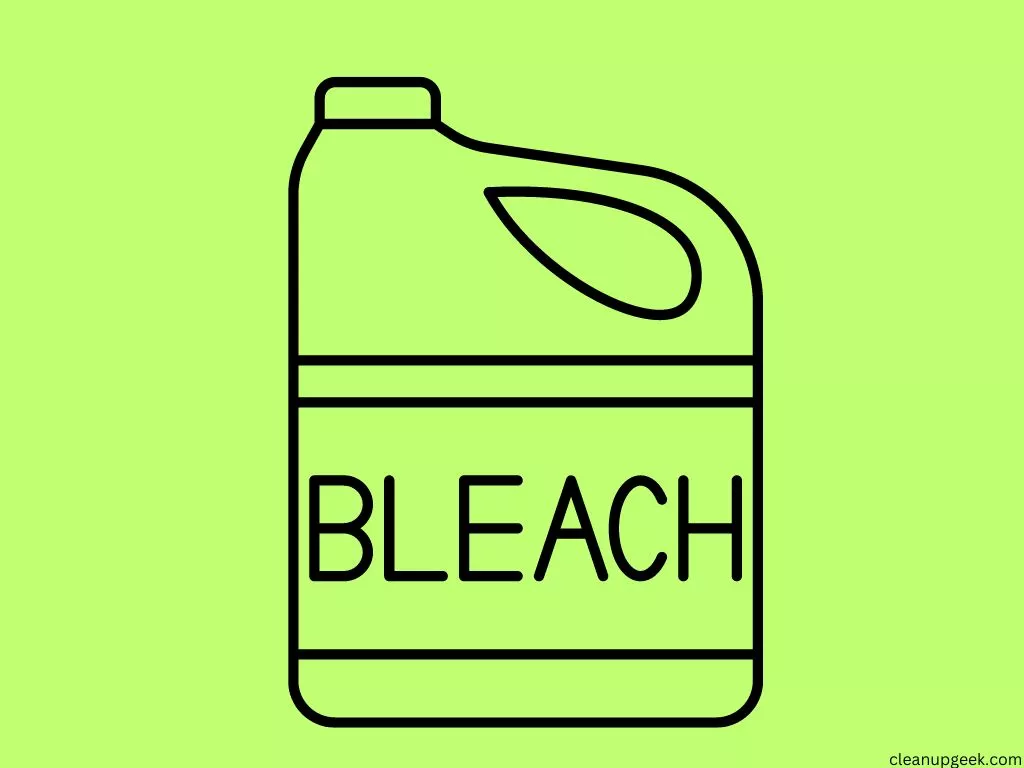
Sometimes, you may notice your clothes turning green after washing, even though they were not originally that color. There are several factors that could cause this unexpected color change. In this article, we will explore seven potential reasons behind this phenomenon and discuss how to prevent it from happening in the future.
1. One of the main reasons why clothes turn green after washing is due to using bleach with yellow dyes. Bleach, a powerful cleaning agent, can break down dyes and bring out the color components, leaving you with a greenish hue. To avoid this, be sure to separate your whites from your colored clothing and only use bleach on fabrics that are safe for such treatment.
2. Mixing laundry detergents and fabric softeners incorrectly can also result in clothes turning green. The chemicals in these products can react with each other and create green stains on your clothing. Make sure to carefully read and follow the instructions on the product labels to prevent this issue.
3. Overloading your washing machine can contribute to green clothing as well. When you put too many items in your machine, it becomes difficult for the detergents to evenly distribute and clean your clothes properly. To fix this, try washing smaller loads and evenly distributing your garments in the machine.
4. Washing clothes in hard water can sometimes cause a buildup of minerals on your clothing, leading to a greenish tint. Over time, this buildup will become more noticeable on darker fabrics. To combat this, you can use a water softener or consider trying a laundry detergent specifically designed for hard water.
5. Leaving wet clothes in the washing machine for an extended period of time can create a breeding ground for mold and mildew, which can leave your clothes with a greenish hue. To avoid this, promptly transfer your laundry to the dryer or a drying rack after the wash cycle is complete.
6. Excess iron in your water supply can cause greenish stains on your clothing, particularly on lighter fabrics. You can use an iron-removal product to treat your water supply and prevent this issue. Additionally, consider using distilled or filtered water for your laundry, particularly if you notice this problem occurring frequently.
7. Finally, using too much detergent or not rinsing your clothing thoroughly enough can leave residue on your clothes, causing a greenish appearance. To fix this problem, be sure to measure the correct amount of detergent for your load size and ensure that your washing machine’s rinse cycle is effectively removing all soap residue from your garments.
By understanding these potential causes and taking the necessary precautions, you can help prevent your clothes from turning green after washing and maintain their original colors for longer periods of time.
6. Clothes being stored damp
One of the primary reasons clothes turn green after washing is due to improper storage. When clothes are not dried properly and are left damp, it creates an environment conducive to the growth of microorganisms such as molds and mildew. These microorganisms can leave visible stains on clothes and, in some cases, cause them to develop an unpleasant greenish tint.
Storing damp clothes in dark and poorly ventilated spaces can further exacerbate the issue. Without adequate access to sunlight and airflow, damp clothes are unable to dry quickly, allowing mold and mildew to thrive. Therefore, it is crucial to ensure that your clothes are completely dry before storing them in your wardrobe or drawers. Taking the time to properly dry your clothes can go a long way in preventing the greenish hue from forming on your garments.
Another reason behind the greenish tinge on clothes is the buildup of detergent and fabric softener residue in the washing machine. Over time, the residues mix with water and other organic materials, creating a greenish-slimy substance that can cling to your clothes during the washing process. To prevent this, you should regularly clean your washing machine and avoid using excessive amounts of detergent and fabric softener.
Furthermore, using harsh detergents containing bleach can sometimes cause clothes to turn green. This is because bleach can react with certain fabrics and dyes, leading to discoloration. To avoid this issue, it is advisable to use a gentler detergent or opt for detergents specially formulated for colored or delicate clothes.
In conclusion, clothes turning green after washing can be attributed to various factors such as improper storage, inadequate drying, a buildup of residues in the washing machine, and the use of harsh detergents. By paying attention to these factors and making the necessary changes, you can prevent your clothes from developing an unsightly green hue. Remember to always store your clothes dry and clean your washing machine regularly using the appropriate cleaning solutions. Additionally, opt for gentle detergents to maintain the color and integrity of your garments.
7. Contact with copper or brass in washer or dryer
One possible reason that your clothes may be turning green after washing is due to contact with copper or brass elements in your washer or dryer. These metal elements could be a part of the washing machine or dryer’s components, or present in the water supply pipes connected to the appliances. When copper or brass comes into contact with moisture and oxygen, it reacts and forms a greenish patina called copper oxide.
This patina is a result of a chemical reaction between the copper, oxygen, water, and carbon dioxide in the atmosphere. It can occur on any metal that contains a high amount of copper, such as brass and bronze. The copper oxide, although undesirable on clothing, forms a protective layer on the metal surface that prevents further corrosion.
Unfortunately, as your laundry goes through the washing and drying cycles, the copper oxide can transfer onto your clothes, causing them to appear greenish. This is especially true if you have hard water in your area, as the minerals in hard water can interact with metals, causing further oxidation and discoloration.
To prevent your clothes from turning green, consider checking your washing machine and dryer for any copper or brass components that may be corroding. If possible, replace or cover these components to minimize exposure to your laundry during the washing and drying processes.
Furthermore, be aware of the water supply pipes connected to your laundry appliances. If they are made of copper or brass, consider replacing them with PVC or other non-copper-containing materials to reduce the chances of copper oxide formation and transfer onto your clothes.
Lastly, regular maintenance of your washing machine and dryer, along with the use of water softeners, can help combat the issue of clothes turning green. By taking these precautions, you can ensure that your clothes maintain their original color and appearance after washing and drying.
Ways to Prevent green discoloration of clothes during laundry

Green discoloration of clothes during laundry is a common problem that many people face. This can happen due to many reasons such as using the wrong detergent, being careless with the sorting of clothes, or even because of hard water. In order to prevent this from happening, here are seven ways to prevent green discoloration of clothes during laundry:
1. Sort your clothes carefully: Separate your whites, darks, and colors before washing. This helps prevent color bleeding and staining.
2. Use a gentle detergent: Avoid using harsh detergents or bleach that can damage the fabric and lead to discoloration. Choose a gentle, color-safe detergent instead.
3. Wash in cold water: Hot water can cause colors to bleed and fade faster. Washing in cold water is gentle on fabrics and helps preserve their color.
4. Add vinegar to the wash: Adding half a cup of white vinegar to your wash can help prevent color bleeding and discoloration. The vinegar will help remove any excess dye that might be on your clothes.
5. Use baking soda: Adding half a cup of baking soda to your wash can help neutralize any acidic residue that may be left on clothes and prevent color bleeding.
6. Wash similar colors together: Mixing light and dark colors can cause colors to bleed and stain other clothes. Wash similar colors together to prevent this from happening.
7. Check the care label: Always check the care label on your clothes before washing. Some fabrics may require special care in order to avoid discoloration or damage.
In conclusion, by following these seven tips, you can prevent green discoloration of clothes during laundry and help keep your clothes looking fresh and bright.
Ways to fix green discoloration of clothes during laundry
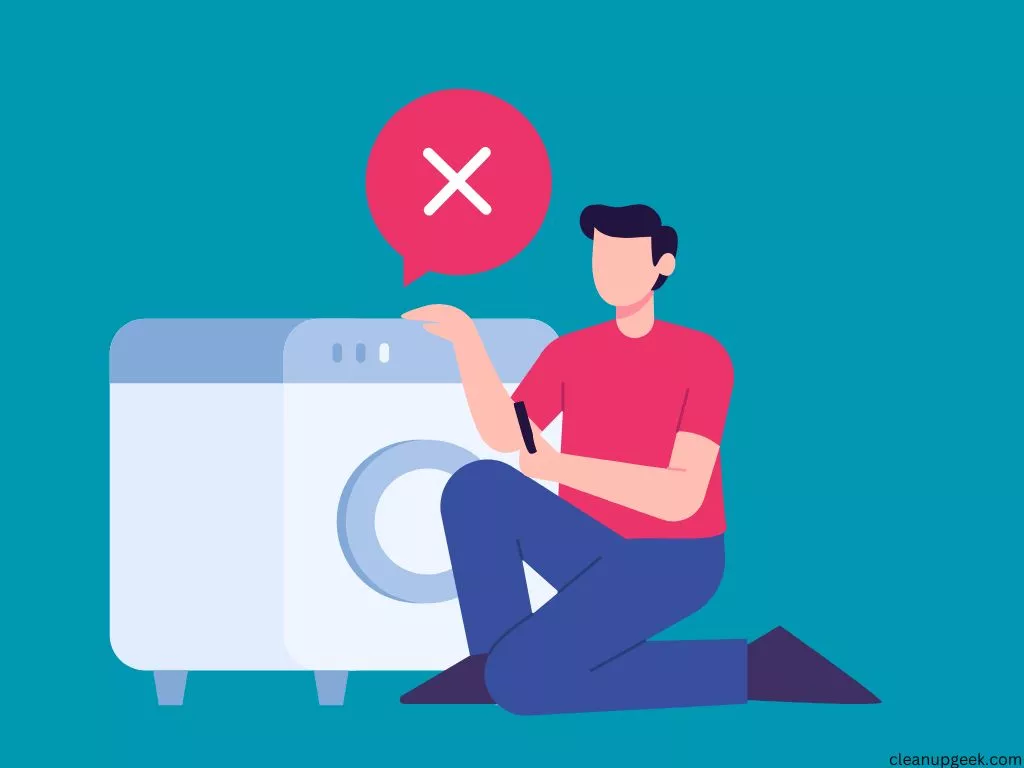
Green discoloration on clothes during laundry can be frustrating and difficult to fix. However, there are several strategies you can use to remove the unwanted hue and restore your clothes to their normal appearance. Here are seven ways to fix green discoloration during laundry:
1. Use vinegar: Dilute white vinegar with water and pour the solution directly onto the affected area. Leave it for a few minutes and then rinse with cold water.
2. Add baking soda: Mix baking soda with water to form a paste and apply it to the discolored area. Let it sit for a while before rinsing it off.
3. Try lemon juice: Apply lemon juice directly onto the stain and let it sit for a few hours before washing the clothes as usual.
4. Use bleach: Add bleach to the wash cycle, but be careful not to use too much as it could damage the fabric.
5. Consider using a color remover: You can purchase a color remover product designed specifically for removing unwanted hues from clothes.
6. Pre-treat with laundry detergent: Apply laundry detergent directly to the affected area before washing the clothes to help remove the discolored spot.
7. Seek professional help: If all else fails, take your clothes to a professional cleaner who has experience dealing with stubborn stains and discolorations.
Overall, the key to fixing green discoloration in clothes during laundry is to act quickly and utilize effective cleaning techniques. By employing these tips, you should be able to restore your clothes to their original color and quality.


